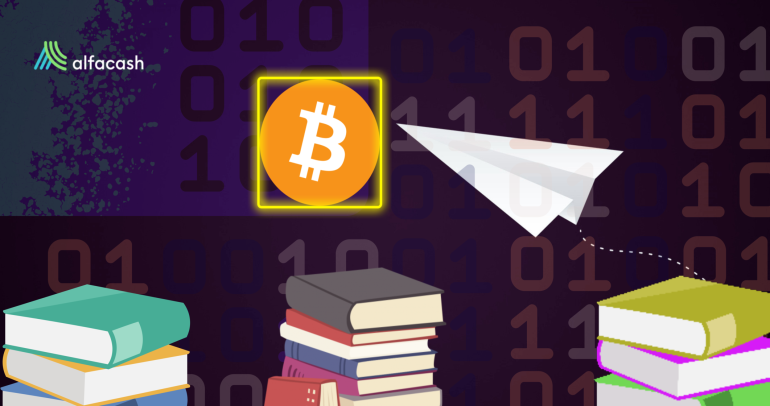We can place the origin of the Internet around 1969 when the US government created a network for military purposes. Since then, many things have changed. Today, we live in a particular time. The Web as we know it’s evolving to become Web3 thanks to the inclusion of crypto technology.
Stay with us to learn more about Web3 and what will be the predominant characteristics of the new virtual spaces.
What does Web3 have to do with crypto?
Generally, experts define Web 1.0 as a read-only environment, Web 2.0 as a read-write domain, and Web3 as a read-write property space.
In general terms, we can define Web3 as the next step for a new and much better Web than the one we know today. Thus, Web3 includes the concept of ownership in a way that was not previously possible.
How virtual spaces will improve with Web3
Decentralized Web
Maybe you have already read that decentralizovaný blockchains like Bitcoin (BTC) are distributed on computers worldwide. That means the blockchain does not depend on central servers, making it much more robust.
This robustness will exist in Web3 thanks to crypto. Hence, a decentralized Web would be much harder to bring down and, above all, to censor and control.
However, the necessary technology does not yet exist for Web3 to coordinate at the same speed as the Web as we know it today.
Online identity
Nowadays, each of us has an online identity. That identity comprises the data uploaded to social networks and the different websites in which we participate for work, study, family reasons, etc.
Many of the efforts we make to protect our identity online (such as limiting where we share information, selecting strong passwords, etc.) are useless when we submit to the wishes of large Internet corporations.

In Web 2.0, large companies like Google and Facebook centralize information channels. In this sense, we are used to the fact that our data ceases to be private when we enter a website or try a new application.
Websites process user data, and the user loses control over how the platform will use it. For example, The authorities accused Facebook a few years ago of inappropriately sharing the data of 87 million users with Cambridge Analytica.
The officers discovered that this data could have been used to influence the 2016 presidential elections in the United States and penalized the social network.
Privacy and security
On Web3, digital identity will continue to exist, but with a higher level of privacy. Therefore, the difference will be in who has control of that data and the ability to visualize it. The user will possess their information and be able to decide with whom to share it in Web3 thanks to crypto.
Web3 aims at decentralization thanks to crypto technology. As the new Web would be based on the blockchain, the data’s ownership would return exclusively to the users. Thus, companies like Facebook would not be able to share user information again.
The users would manage the domain on a peer-to-peer basis, and publicly available distributed registries would allow data registration and verification to be completely transparent.

Therefore, crypto technology would require the explicit consent of users to access or share data on Web3. Consequently, crypto would reduce the risk of data leaks, and users would have better tools to deal with them in case they happen.
Social tokens: the crypto engine of the Web3
The new Web will also employ advances such as artificial intelligence (AI) and machine learning (ML). Alongside those technologies, Web3 will leverage the blockchain to enable and optimize connections between users in real-time.
Hence, social tokens will support the democratization and decentralization of social networks. Thus, brands, companies, and prominent personalities would create communities and grow with them on Web3 through crypto technology.
These tokens could represent monetary rewards and voting shares for the development of the new Web applications.
Some challenges facing Web3
Most Dapps and social tokens are still in the research phase. That means they mostly require users to have advanced knowledge to use it.
Again, adequate infrastructure doesn’t exist for a new Web-based on ownership and decentralization to be fast enough to be widespread.
But we’re barely living through the early stages of research, development, and implementation of Web3. However, the continuous advances in blockchain technology, and the metaverse, among others, make the new Web a much closer reality.
The transition to Web3 will probably be much more organic than the arrival and expansion of crypto technology. Without as many detractors and critics as the financial revolution has had, it would be just as it happened in the transition from Web 1.0 to Web 2.0.
Wanna trade BTC and other tokens? You can do it bezpečně na Alfacash! And don’t forget we’re talking about this and many other things on our social media.
Telegram * Facebook * Instagram * Youtube *Cvrlikání








